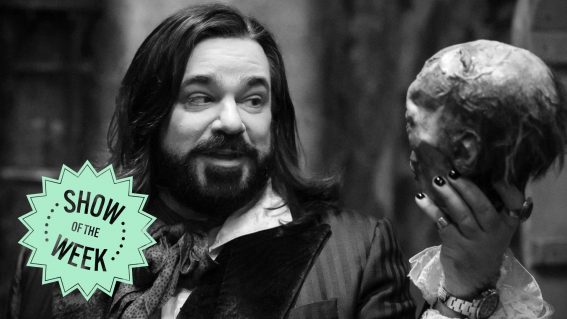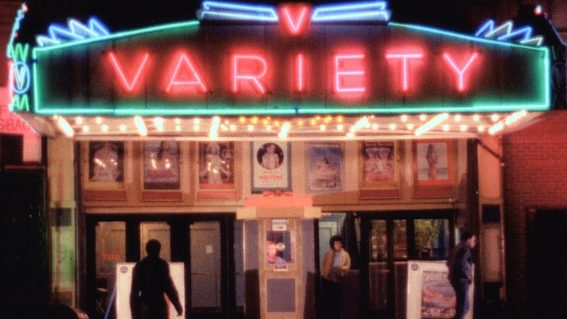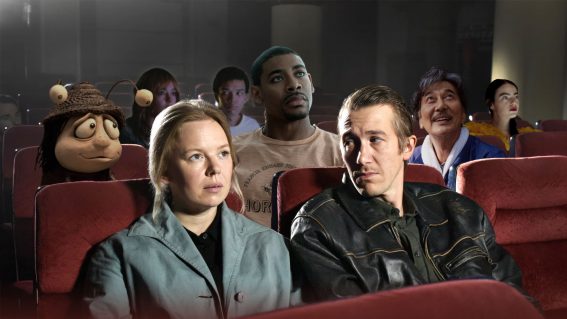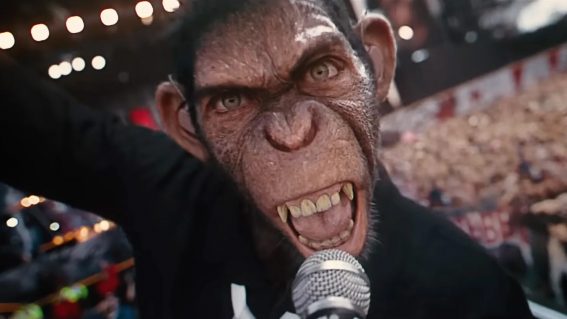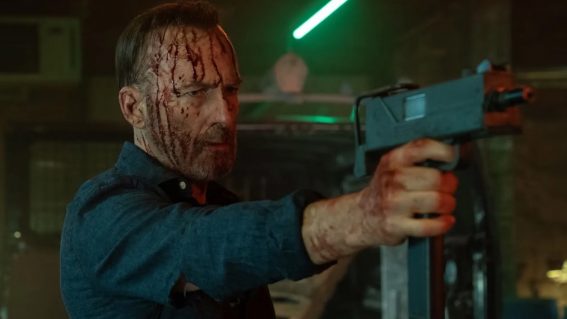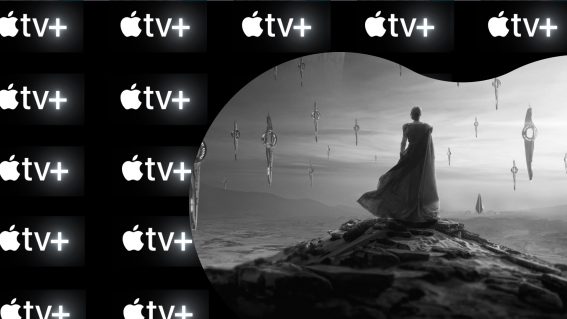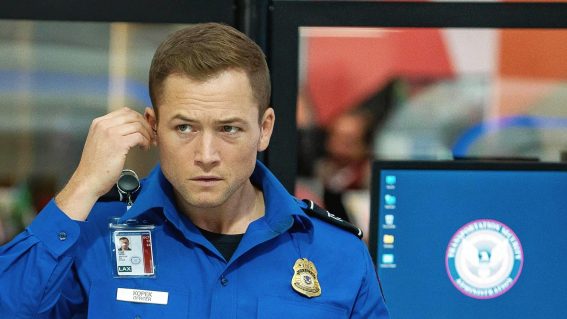It’s been a great year for Gotham City
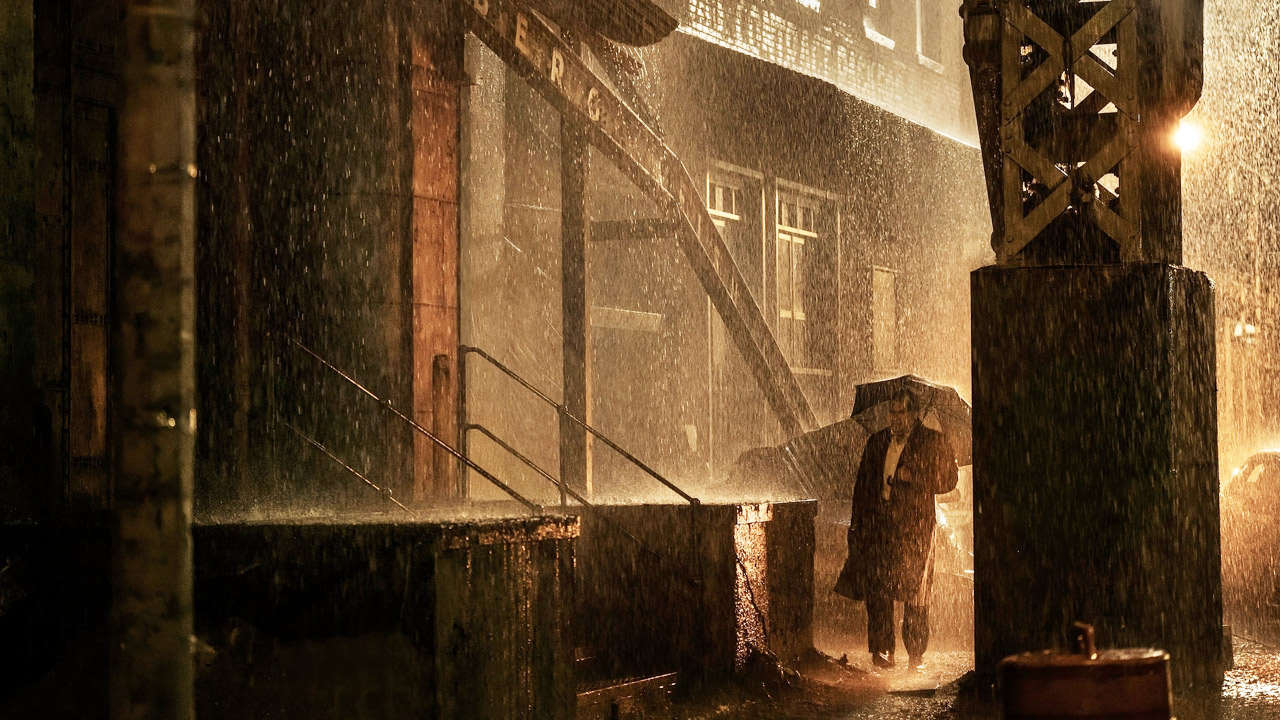
The longevity of the Batman universe can be explained partly by its enduring central location: Gotham City. This year has seen four excitingly different interpretations of the Dark Knight’s home metropolis, writes Luke Buckmaster.
Gotham City is the sort of dark, dank, brooding place that looks weird during the day—like a nightclub with the house lights turned on. The innocuous vision of the city depicted in Adam West’s Batman TV show from the 60s is the one that looks freakish: too much colour, too damn cheerful. This scum-filled metropolis has played a key role in keeping the Bat-Signal lit up in the zeitgeist over the decades, and is a holy grail for artists and creators.
There are certain elements we know suit the location to a tee: dim lane ways, long shadows, musty corridors, neon lights (and like the metropolis in Blade Runner, Gotham City looks great in the rain). But there’s also plenty of scope for the place to be reimagined by storytellers putting their own spin on it, as we’ve seen this year in four interestingly varied productions—two not even including Batman, speaking to the location’s iconic status and potential to accommodate different kinds of narratives.
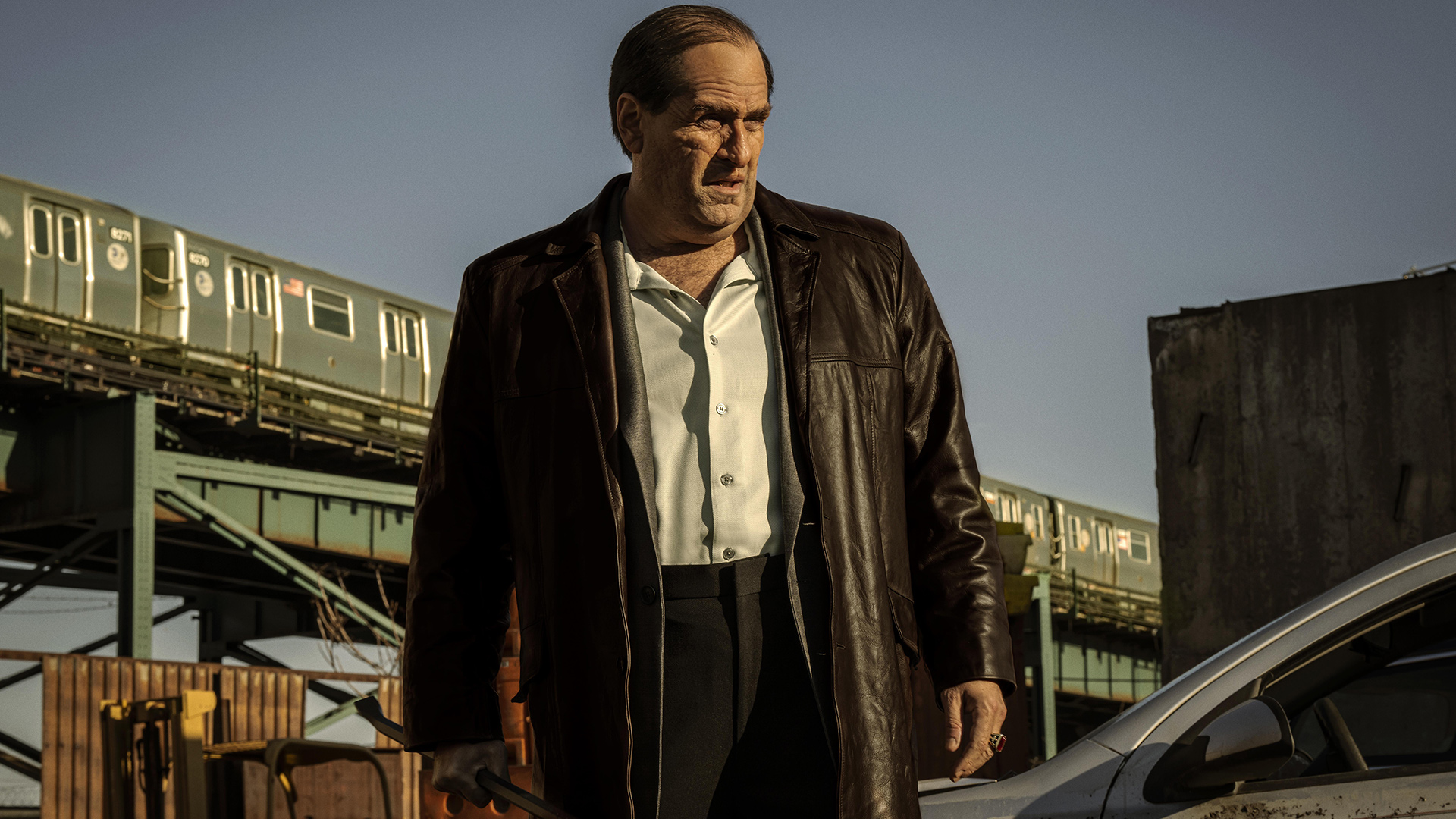
The Penguin is street-level mob drama
The most prominent of this year’s Gotham stories, in terms of sheer reach and impact, is HBO’s terrific smash-hit series The Penguin, starring a borderline unrecognizable Colin Farrell as Oswald “Oz” Cobb, a low-rung mobster climbing the criminal hierarchy, navigating a fraught landscape of rival gangs and warring factions. The show’s an at times almost Scorsesean street-level mob drama—in fact it’s sub-street level, all the way down to the sewers.
Without Bruce Wayne, and virtually all upper-class characters, it’s rooted on strugglers and small-timers. This impacts the production design and selection of settings—for instance there’s lots of garbage-strewn streets and run-down buildings—not to mention its moral flavour: without Batman, there’s no administration of justice, no comeuppance for the baddies. This is a dog-eat-dog world, every bastard for themselves.
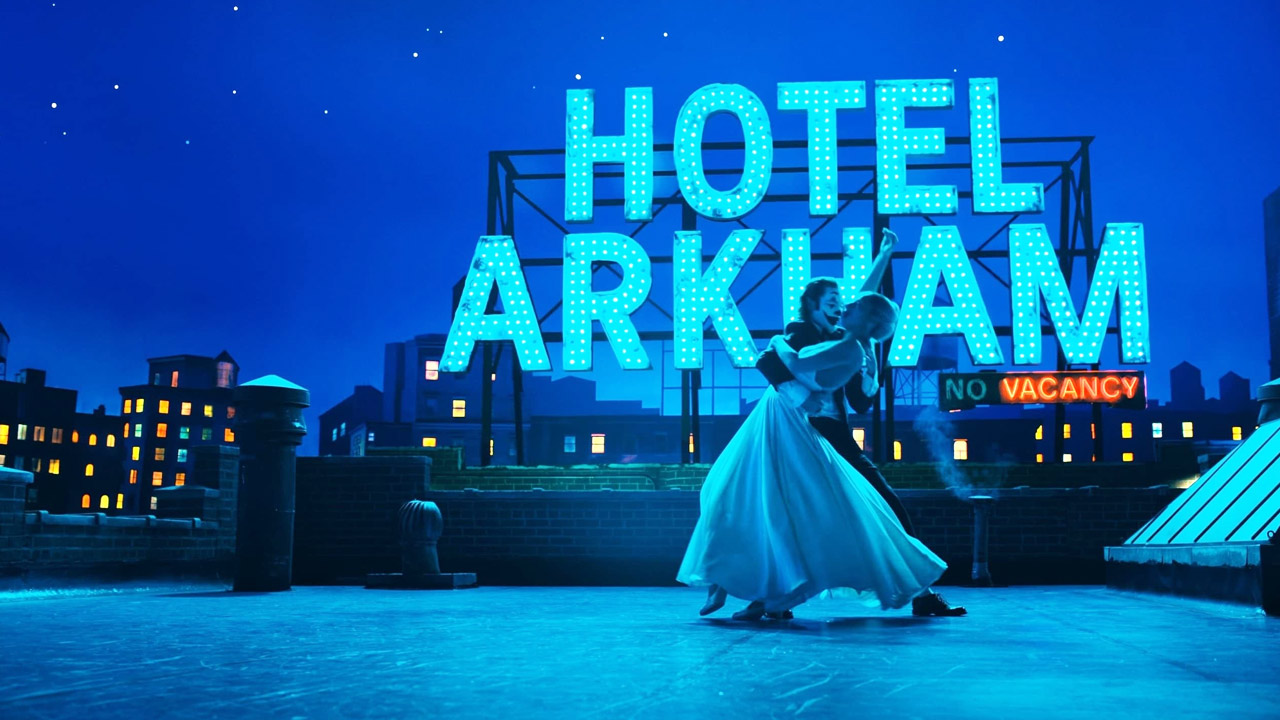
Folie à Deux enters the surreal
In the movie world, the year’s biggest Bat-release is similarly devoid of upper echelons. Although you wouldn’t say that Joker: Folie à Deux is based on the streets per se, given it’s so prominently tied to two specific locations: firstly Arkham Asylum, then a courtroom where the Joker is put on trial for crimes committed in the previous film. A bone-thin, heavy-hunched Joaquin Phoenix returns as the eponymous villain, who’s cooped up for much of the runtime, not having the ability to wander the streets or explore the city. Though he does manage to meet a new lover: Lady Gaga’s Harleen “Lee” Quinzel (aka Harley Quinn).
The decision to make the film a musical—director Todd Phillips periodically diverting to song and dance numbers performed by Gaga and a hoarse-sounding Phoenix—feels like an elaborate act of trolling. In these moments the production design goes surreal, envisioning the city as a dreamy mishmash of literal and psychological spaces. One romantic rooftop-set scene takes place at “Hotel Arkham,” the two lead characters dancing and swooning in blueish moonlight, which sounds bright and vibrant, but you’re not supposed to enjoy it. As I previously wrote, the tone of these musical moments is intentionally heavy-hearted, almost stolid.
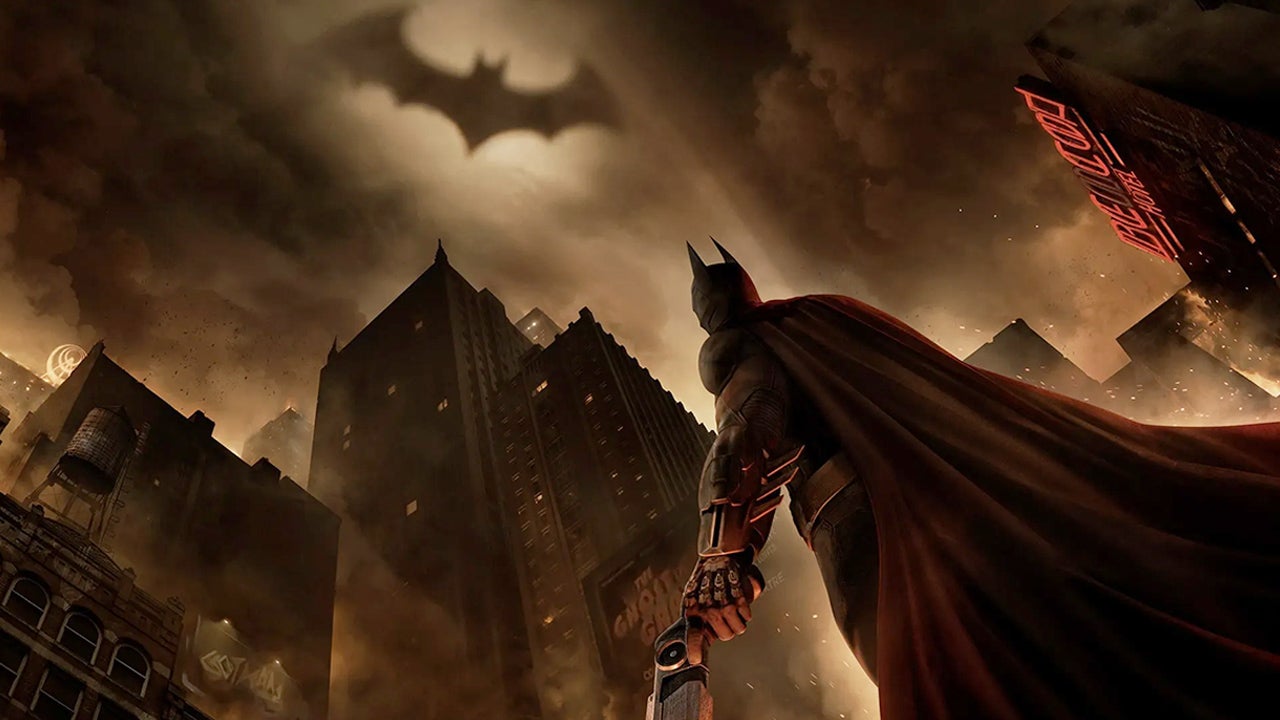
Gotham goes virtual
Folie à Deux doesn’t offer a wide view of Gotham City, though it’s clear that resentment is rising from the streets, which are filled with the disaffected and disenfranchised. This is a big part of Batman: Arkham Shadow, an excellent VR game (released last month) that’s been deservedly getting some rave reviews. I completed its 12-ish hour runtime in five days and was engrossed by its narrative, which plays with Batman lore and introduces a new villain named “Rat King.”
A chunky prologue does a fine job not just immersing us in Gotham City (which is great to visit in VR!) but creating a sense of rebellion, or even revolution, coming up from the gutters. Whereas Phoenix’s Joker is a “watch the world burn” nihilist, espousing no discernible plan or organisation, Rat King is recruiting minions and working towards a “Wrath Day” to wreak maximim havoc. I loved some of the small touches that visually depict how he’s channeling the rage of the poor and woebegone. Early on I noticed a sign on the ground, for instance, depicting a rat, accompanied by the words “BITE BACK.” During our first interaction with the villain, he yells “you punch down, we rise up”—a great example of the sort of dialogue that really sings in Batman stories, muddying conventional notions of heroism.
Returning to old school animation
For a more classical view of the Bat-verse, there’s Prime Video’s J.J. Abrams-produced animated series Batman: Caped Crusader. It’s far from essential viewing but has an old school, easy-watching charm. The animation has a clean and sharp look, and the story, being closely orientated around Bruce Wayne, is a counter to the aforementioned productions, moving from blue collar to blue blood, incorporating various well-to-do settings, from soirees to limos and opulent homes with maids.
Like any city, Gotham accommodates many kinds of stories and peoples. It’ll continue to be reinvented…and will always look great in the rain.






